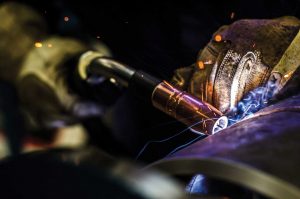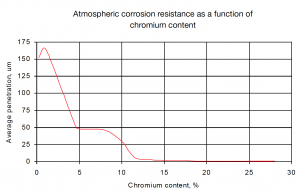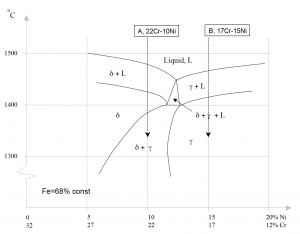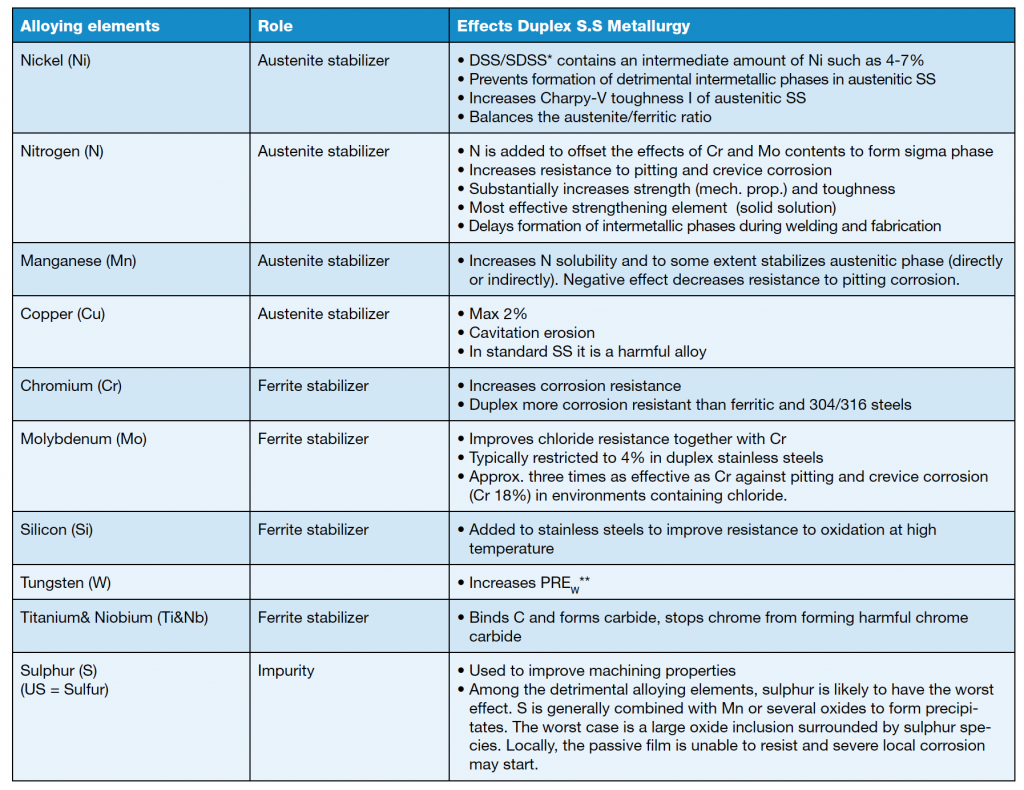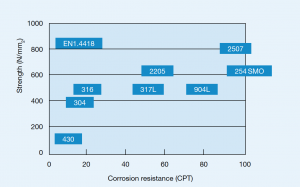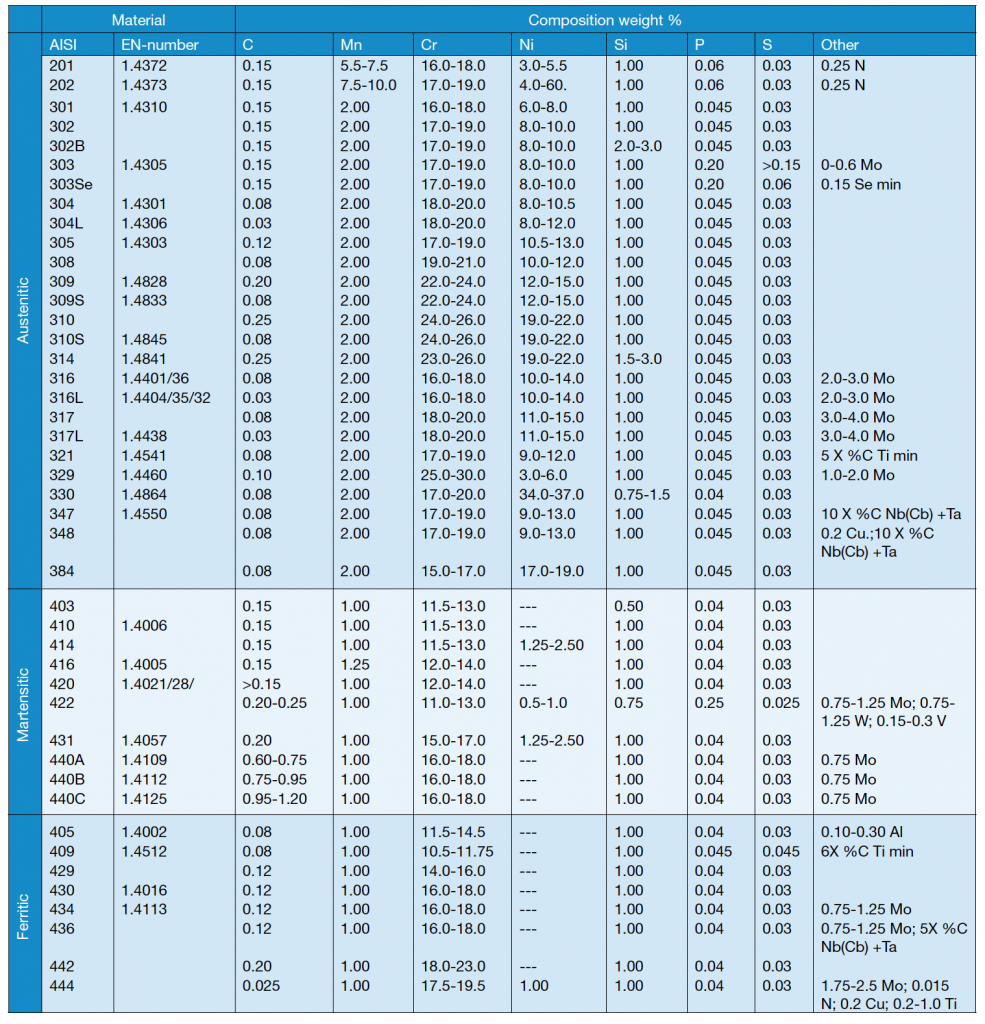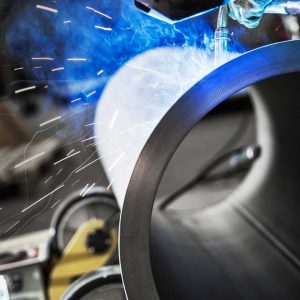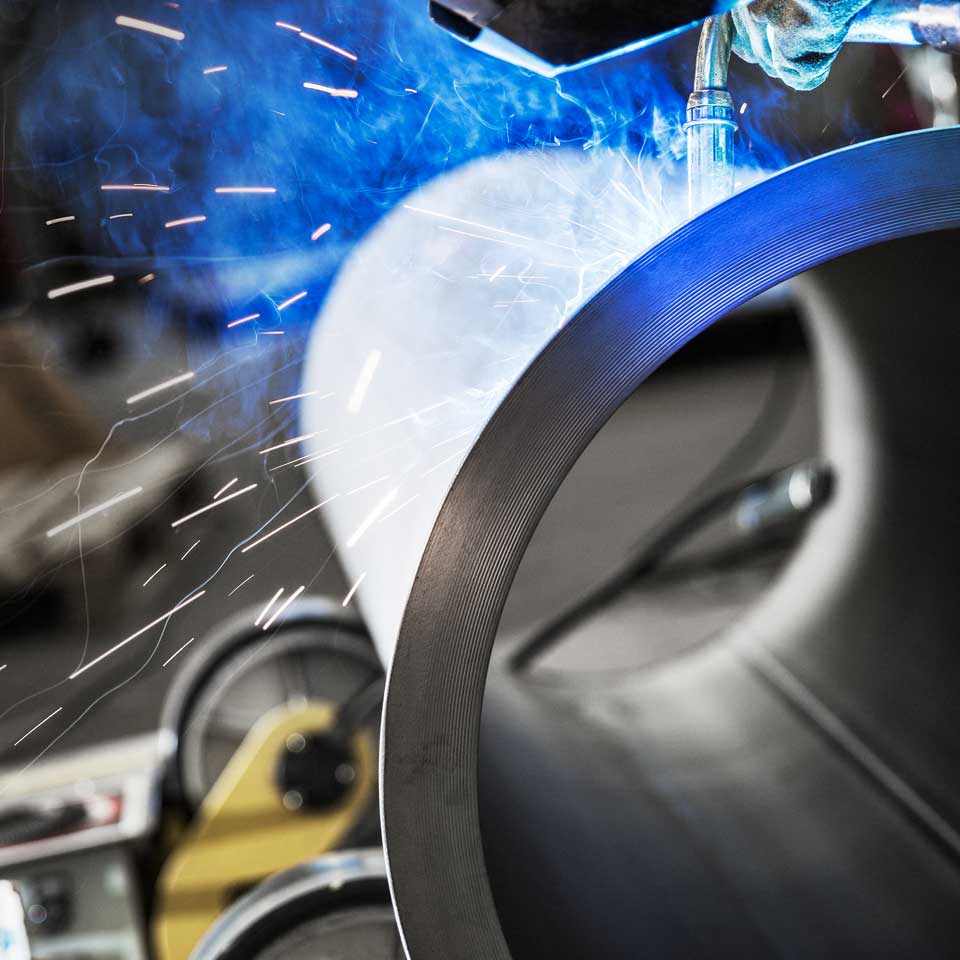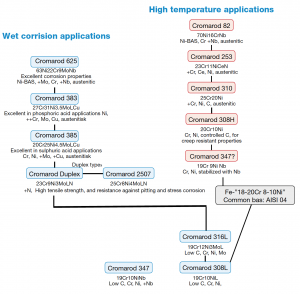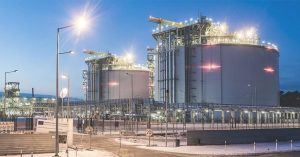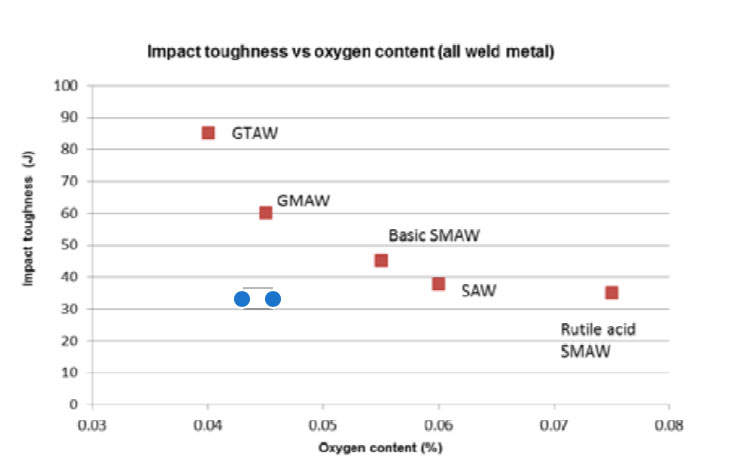Reduce Moisture-Absorption and Cracking Risks With Seamless Wires
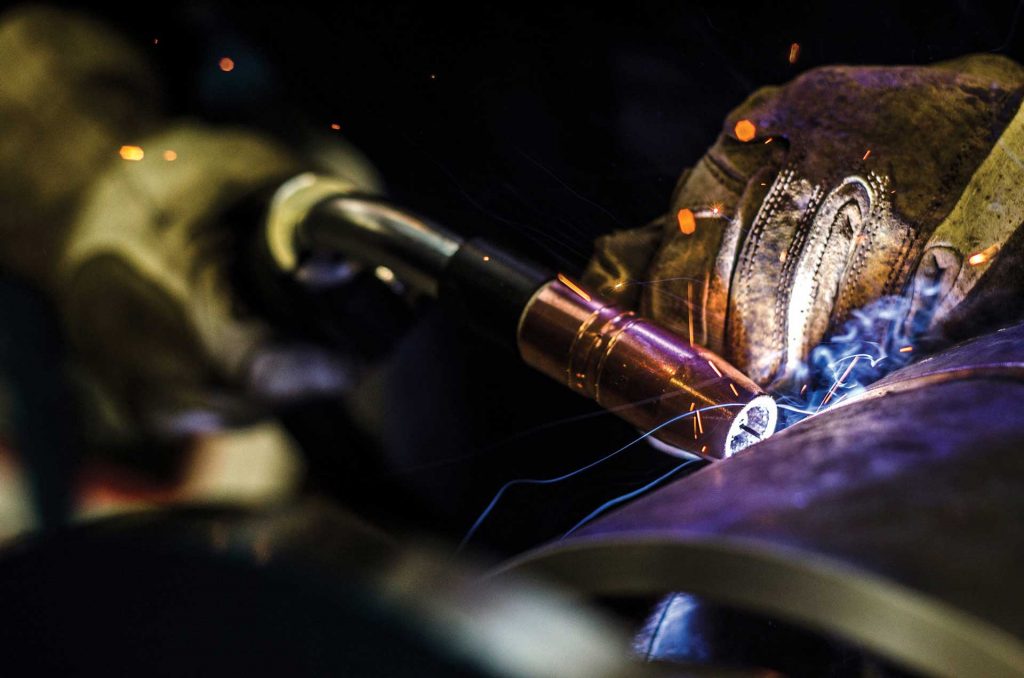
Seamless wire basics
Seamless wires are available in flux-cored and metal-cored options for semi-automatic welding.
As the name suggests, these wires have no seam, making them more resistant to moisture absorption, even under extreme climate conditions such as tropical temperatures and/or high humidity. The lack of seam essentially eliminates a point of moisture entry.
The production of seamless wires begins with a strip of metal, typically carbon steel. The strips are folded round, closed using high-frequency welding, then are drawn to the required filling diameter. The tube is then densely filled with flux. In several subsequent steps the wire is drawn to its final diameter, copper-coated and spooled.
This manufacturing process differs compared to producing a standard flux-cored or metal-cored wire. The result is a completely sealed wire that offers extreme resistance to moisture absorption during storage and use.
Advantages of seamless wires
In addition to the ability to resist moisture, the copper coating found on seamless wire acts as another level of protection and provides optimal current transfer from contact tip to wire. This reduces contact tip wear and improves wire feedability. These properties also make seamless wires well-suited for robotic welding applications.
Seamless wires have a carefully controlled cast, helix and diameter, resulting in consistent wire feeding and straight delivery at the contact tip.
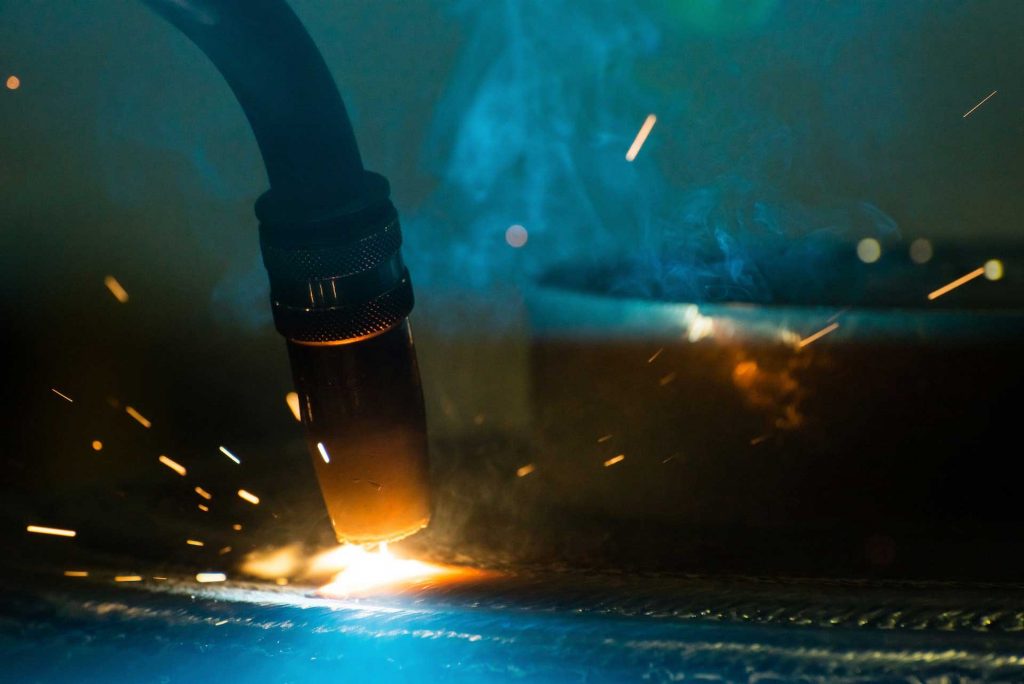
Seamless wire options
Choosing the right seamless wire depends on the needs of your specific application. Consider the various types available:
- Seamless flux-cored wires: Standard flux-cored wires can require the addition of specific elements that scavenge out hydrogen from the weld; however, these scavengers may affect how smoothly the wires can weld. Seamless flux-cored wires do not require these additions and, as a result, provide excellent weldability. They are also available with sub-H4 hydrogen levels, or those with 4 ml of hydrogen or less per 100 grams of weldment, to further reduce the opportunity for hydrogen-induced cracking. Seamless flux-cored wires also tend to have a thin slag layer that removes easily, reducing time spent in weld cleanup. Seamless flux-cored wires are a good choice for multiple industries, but have proven especially beneficial within the oil and gas segment (e.g. offshore, pressure vessel, process pipe and spool fabrication applications) and infrastructure applications. This industry tends to have applications in more challenging climates and can require more challenging requirements for mechanical properties and low hydrogen.
- Seamless metal-cored wires: Seamless metal-cored wires are especially well-suited for applications that require high strength and superior mechanical properties, as well as those requiring fast travel speeds and good gap bridging. These wires offer advantages for certain critical applications where moisture and wire feedability are concerns. Market conditions, climate conditions and the critical nature of the application are all drivers that can lend themselves to choosing seamless metal-cored wires. Like seamless flux-cored wires, metal-cored options are also good for the oil and gas industry, large infrastructure, as well as heavy equipment applications, especially those requiring more stringent mechanical properties (e.g. higher tensile/yield strength and/or low temperature toughness).
In high-strength applications where ensuring low hydrogen levels and resistance of moisture absorption are critical, seamless wires are a good option to address these issues.
An option for high-strength applications
In high-strength applications where ensuring low hydrogen levels and resistance of moisture absorption are critical, seamless wires are a good option to address these issues. Choosing seamless wires can help welding operations meet the specific needs of demanding welding applications and reduce potentially costly rework.
Article based on ITW Welding global experience and knowledge.

